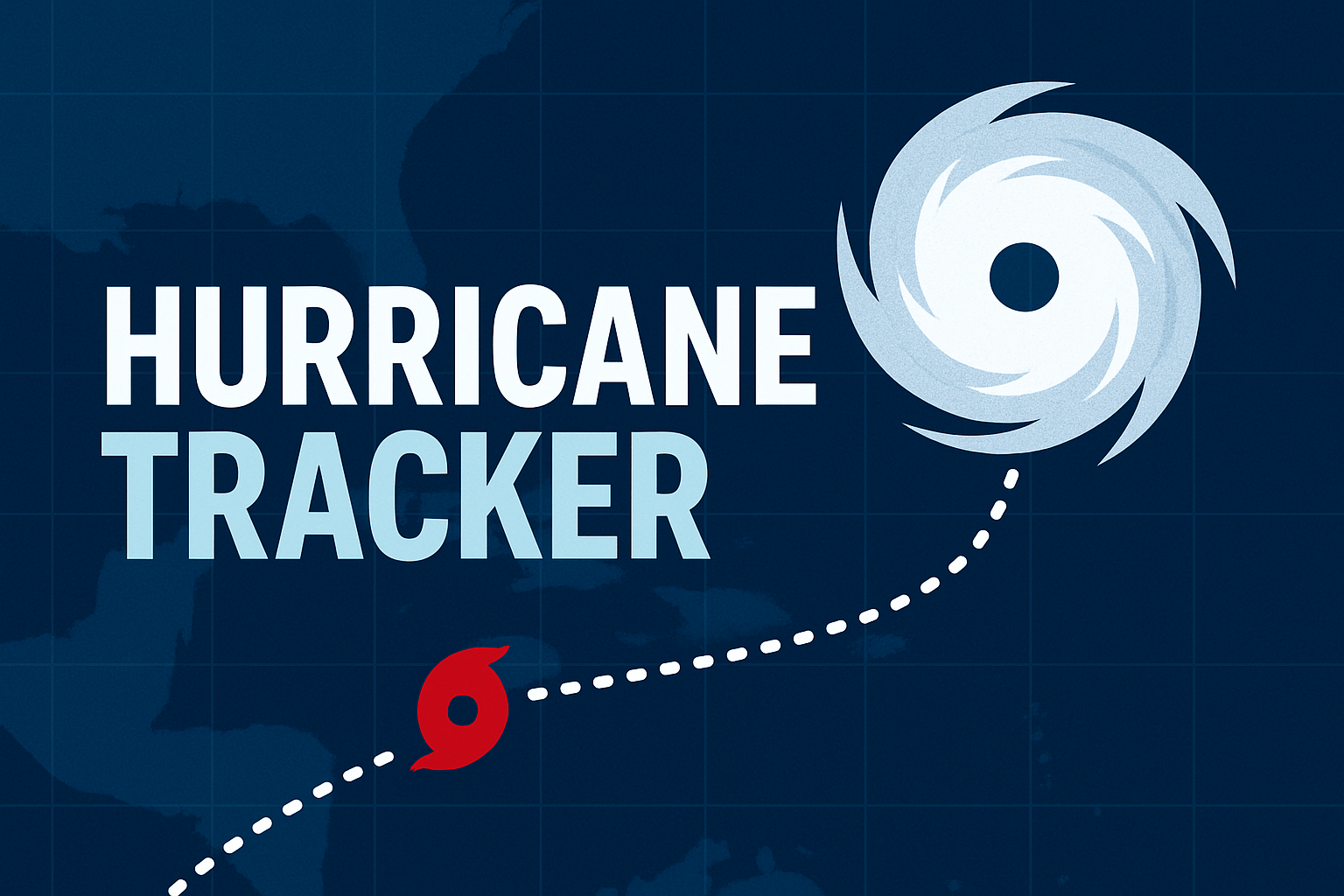
Every year, hurricane season reminds us of the unpredictable power of nature. Communities near coastlines in the Atlantic and Pacific brace themselves as storms form, intensify, and sometimes change course within hours. In such situations, having access to a reliable hurricane tracker can make the difference between being caught off guard and staying safe.
Today, digital technology has completely changed how we monitor storms. Gone are the days when people relied solely on radio updates or next-day newspaper reports. Now, with advanced satellite imaging, real-time radar, and mobile apps, anyone can track a hurricane’s movement and prepare accordingly. In this blog, we’ll explore what a hurricane tracker is, why it’s essential, the best options available in 2025, and how you can use them effectively.
What is a Hurricane Tracker?
A hurricane tracker is an online or app-based tool that provides real-time data on tropical storms and hurricanes. It shows the storm’s current location, projected path, wind speeds, pressure levels, and warnings issued by official agencies such as the National Hurricane Center (NHC).
Most trackers combine multiple data sources including:
- Satellite images for cloud movement and storm shape.
- Radar maps for rainfall and storm intensity.
- Forecast cones showing possible future paths.
- Government advisories with evacuation notices or safety alerts.
In short, it’s your all-in-one command center for understanding what’s happening with any storm.
Why Do You Need a Hurricane Tracker?
- Real-Time Safety Updates
Hurricanes can change course quickly. A tracker gives you instant updates so you’re never caught by surprise. - Preparation Time
Whether it’s boarding up windows, stocking up on supplies, or planning an evacuation, the earlier you know, the better. - Travel Planning
For those traveling by air or sea, hurricane trackers help avoid dangerous routes. Airlines and shipping companies rely heavily on this data. - Peace of Mind
Even if you’re far from the storm, tracking helps reduce anxiety by knowing the storm’s exact movement.
Top Hurricane Tracker Tools in 2025
1. National Hurricane Center (NHC) Tracker
The official authority for hurricane tracking in the U.S. The NHC provides reliable maps, advisories, and forecast cones updated every 3–6 hours. It’s the go-to source for meteorologists and emergency managers.
2. Weather Channel Hurricane Tracker App
This app provides live radar, storm alerts, and video updates from meteorologists. It’s user-friendly and perfect for everyday people looking for quick information.
3. AccuWeather Hurricane Tracker
Known for detailed forecasts, AccuWeather’s hurricane tracker offers interactive maps, storm intensity scales, and projected impact zones.
4. Windy.com
Windy is popular for its beautiful interactive maps showing wind speeds, storm paths, and pressure systems. Many sailors and pilots rely on Windy’s visuals for planning.
5. NOAA Hurricane Tracker
Provided by the National Oceanic and Atmospheric Administration, this tracker integrates satellite data, storm surge warnings, and official advisories.
Features to Look for in a Good Hurricane Tracker
Not all hurricane trackers are created equal. When choosing one, look for these essential features:
- Real-Time Radar: Updates every few minutes, not just once a day.
- Mobile Alerts: Push notifications so you don’t need to keep checking manually.
- Forecast Cones: Clear maps showing uncertainty zones for storm movement.
- Custom Location Settings: Ability to set your city and receive impact predictions.
- Multi-Language Support: For global accessibility in hurricane-prone regions.
How to Use a Hurricane Tracker Effectively
- Check Official Updates Frequently
While apps and third-party trackers are useful, always confirm with official NHC updates for the most accurate information. - Pay Attention to the Cone, Not Just the Line
Many people mistakenly think the line in the forecast cone is the exact path. In reality, the storm could hit anywhere within the cone. - Enable Notifications
Don’t rely only on memory. Set push alerts so you’ll know immediately if the storm changes direction. - Cross-Check Multiple Sources
Use at least two trackers to verify updates. This ensures accuracy, especially when planning evacuations.
Preparing for Hurricane Season with Trackers
A tracker alone won’t keep you safe unless you act on the information. Here are steps to combine with hurricane tracking:
- Emergency Kit Ready: Food, water, first aid, flashlights, batteries, and documents.
- Home Preparations: Secure outdoor furniture, cover windows, and check your roof.
- Evacuation Plan: Know your nearest shelter, routes, and transport options.
- Communication Plan: Keep phones charged and share your location with family.
When you use a hurricane tracker alongside proper preparation, you significantly reduce risks.
Final Thoughts
In 2025, staying safe during hurricane season is easier than ever, thanks to modern hurricane tracker tools. They provide real-time updates, interactive maps, and life-saving alerts. Whether you live along the Gulf Coast, Atlantic Seaboard, or travel frequently to hurricane-prone areas, using a tracker should be part of your safety routine.
Remember: hurricanes are powerful, but information is power too. The sooner you know, the better you can prepare. Stay informed, stay safe, and make the hurricane tracker your best companion this season.


